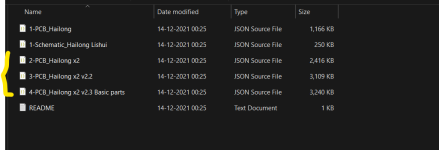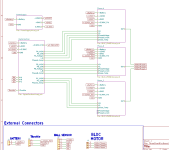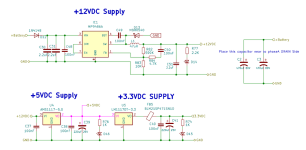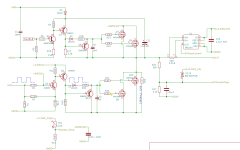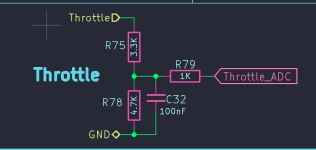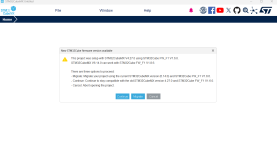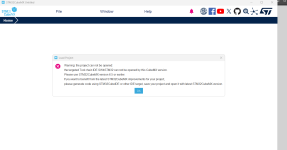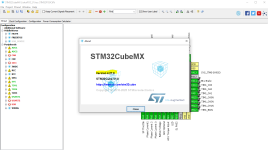BldcLover
10 mW
Hi everyone,
I am designing a BLDC motor control board using the Field-Oriented Control (FOC) technique. I have completed some parts of the design and tested certain sections successfully.
Here is the my Github repo: GitHub - BldcLover/TransistorDrivenInverter at Implementations
I am planning to use the STM32F103C8T6 for control, but I haven’t placed it in the design yet. I will be adding it later. Right now, I need help with:
 Inverter section – Verification and improvements
Inverter section – Verification and improvements
 Shunt selection & configuration – Ensuring accurate current sensing
Shunt selection & configuration – Ensuring accurate current sensing
I have follow current sense section from VESC
If you have experience with BLDC motor control, power electronics, or FOC implementation, I’d really appreciate your insights. Looking forward to your feedback and suggestions!
Thanks in advance!
BldcLover
I am designing a BLDC motor control board using the Field-Oriented Control (FOC) technique. I have completed some parts of the design and tested certain sections successfully.
Here is the my Github repo: GitHub - BldcLover/TransistorDrivenInverter at Implementations
I am planning to use the STM32F103C8T6 for control, but I haven’t placed it in the design yet. I will be adding it later. Right now, I need help with:


I have follow current sense section from VESC
If you have experience with BLDC motor control, power electronics, or FOC implementation, I’d really appreciate your insights. Looking forward to your feedback and suggestions!
Thanks in advance!
BldcLover


